Lower Manhattan
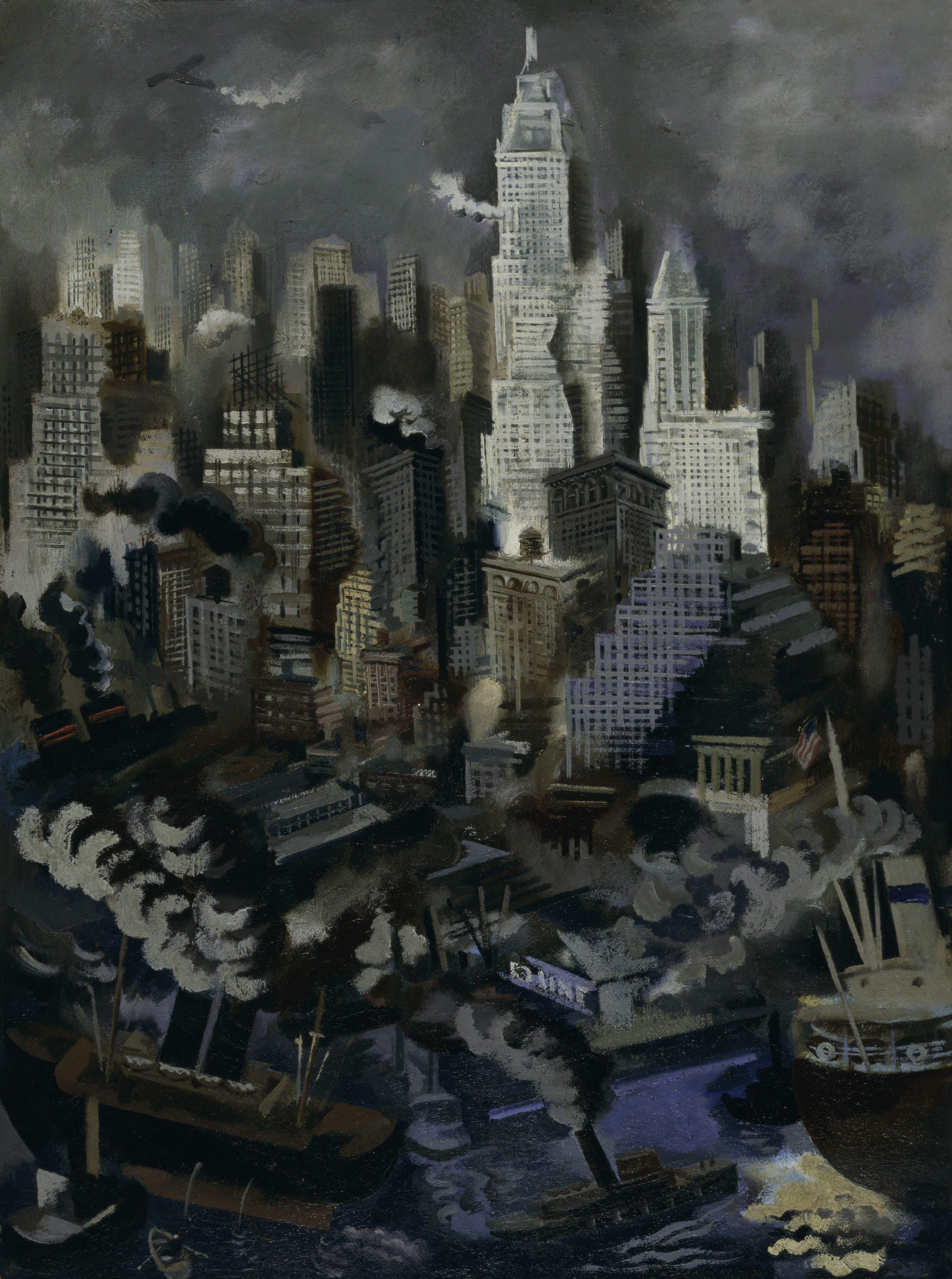
How does this painting describe the energy of a city?

How does this painting describe the energy of a city?
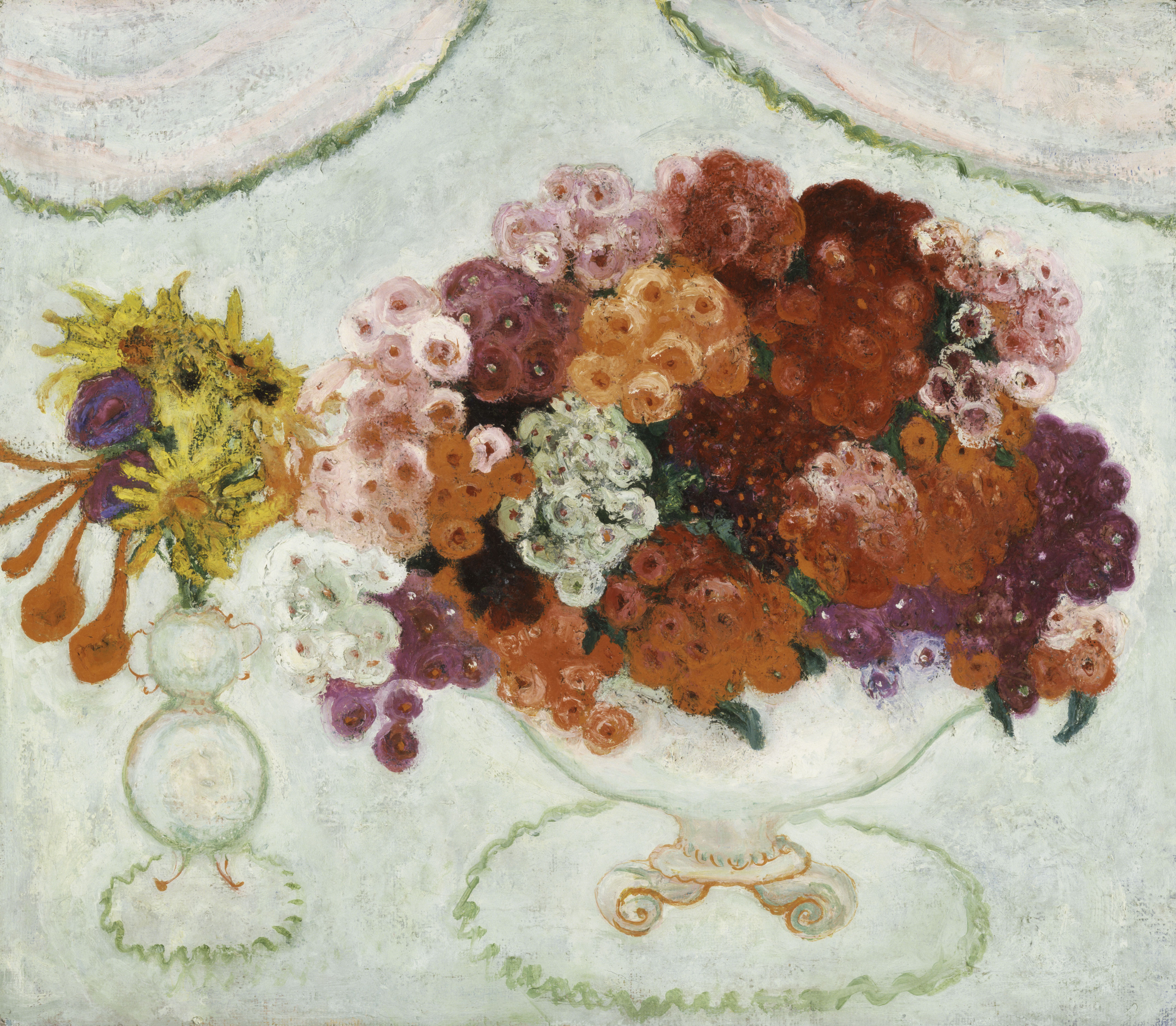
How can an artist make a still life move?
By the 1920s Stettheimer developed her own take on still-life painting; her “eyegays” feature tabletop floral arrangements as the means for exploring the effects of her brilliant palette. In 1946 the critic Henry McBride commented that “the blossoms in her vases wriggled upward with a whimsicality in the stems.” In this work, Stettheimer used bold, vibrating colors to animate a bowl of phlox, a perennial wildflower.

How can an artist make a still life move?
By the 1920s Stettheimer developed her own take on still-life painting; her “eyegays” feature tabletop floral arrangements as the means for exploring the effects of her brilliant palette. In 1946 the critic Henry McBride commented that “the blossoms in her vases wriggled upward with a whimsicality in the stems.” In this work, Stettheimer used bold, vibrating colors to animate a bowl of phlox, a perennial wildflower.

How would you want your bedroom to look in a painting?
The model for this painting is believed to have been Felicia Marsh, the wife of painter Reginald Marsh. She poses in Koch’s studio, which overlooked the Queensboro Bridge in New York City. Although he built his reputation as a painter of wealthy New Yorkers in their elegant interiors, Koch painted this simple scene for his own pleasure. He later recalled, “It was a picture I sweated out, but the finished canvas looks fresh.”

How would you want your bedroom to look in a painting?
The model for this painting is believed to have been Felicia Marsh, the wife of painter Reginald Marsh. She poses in Koch’s studio, which overlooked the Queensboro Bridge in New York City. Although he built his reputation as a painter of wealthy New Yorkers in their elegant interiors, Koch painted this simple scene for his own pleasure. He later recalled, “It was a picture I sweated out, but the finished canvas looks fresh.”
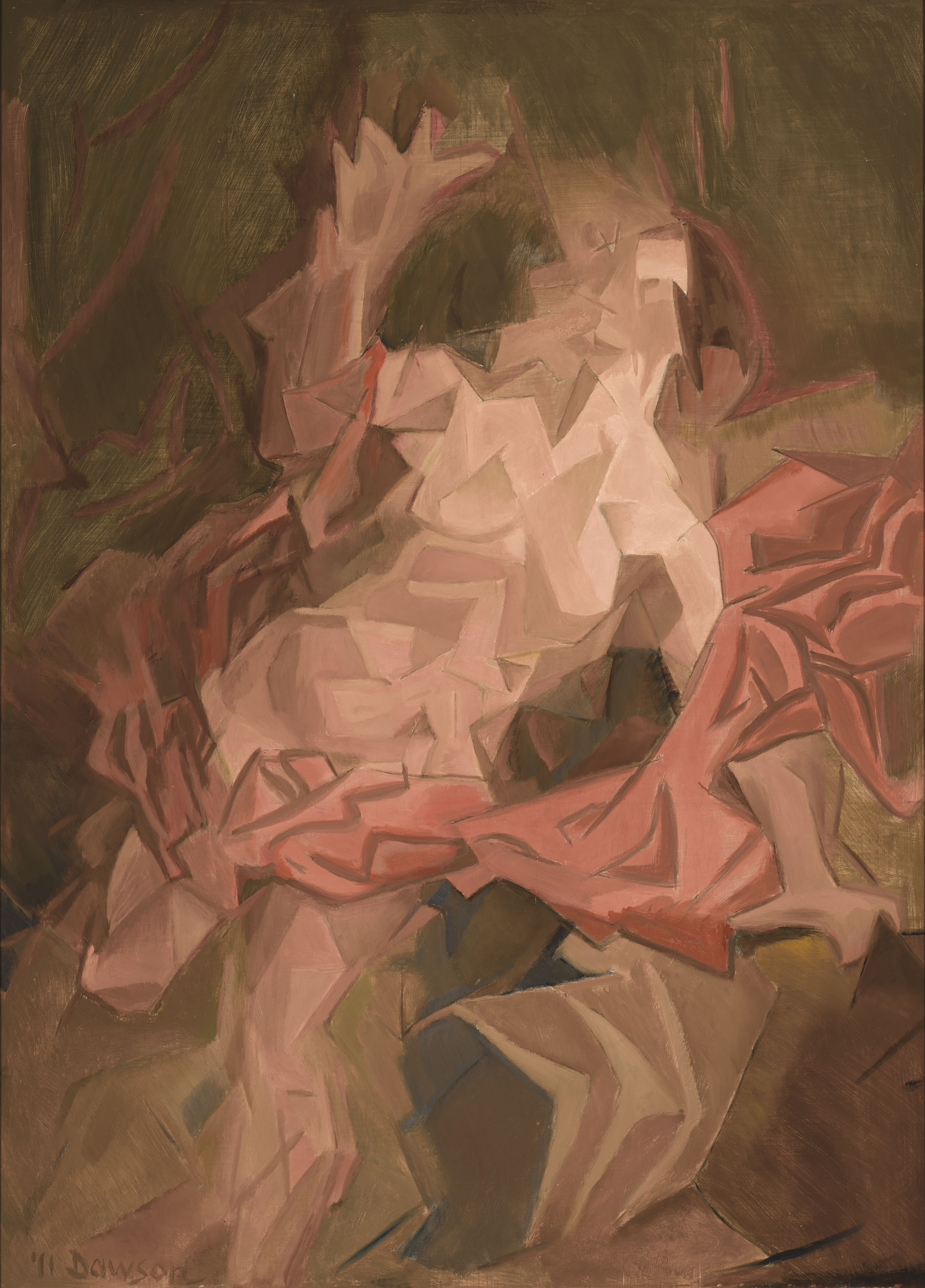
How does this artist show movement?
After Dawson returned from Europe, he increasingly devoted more of his attention to painting the human figure. He used Renaissance and Baroque paintings as the basis for his own cubist reinterpretations. These works display a forceful dynamism, suggesting active movement and dancing light—effects that can be seen in Venus. Dawson was not only interested in transforming the figure, he also attempted to change the shadows and voids around it.

How does this artist show movement?
After Dawson returned from Europe, he increasingly devoted more of his attention to painting the human figure. He used Renaissance and Baroque paintings as the basis for his own cubist reinterpretations. These works display a forceful dynamism, suggesting active movement and dancing light—effects that can be seen in Venus. Dawson was not only interested in transforming the figure, he also attempted to change the shadows and voids around it.
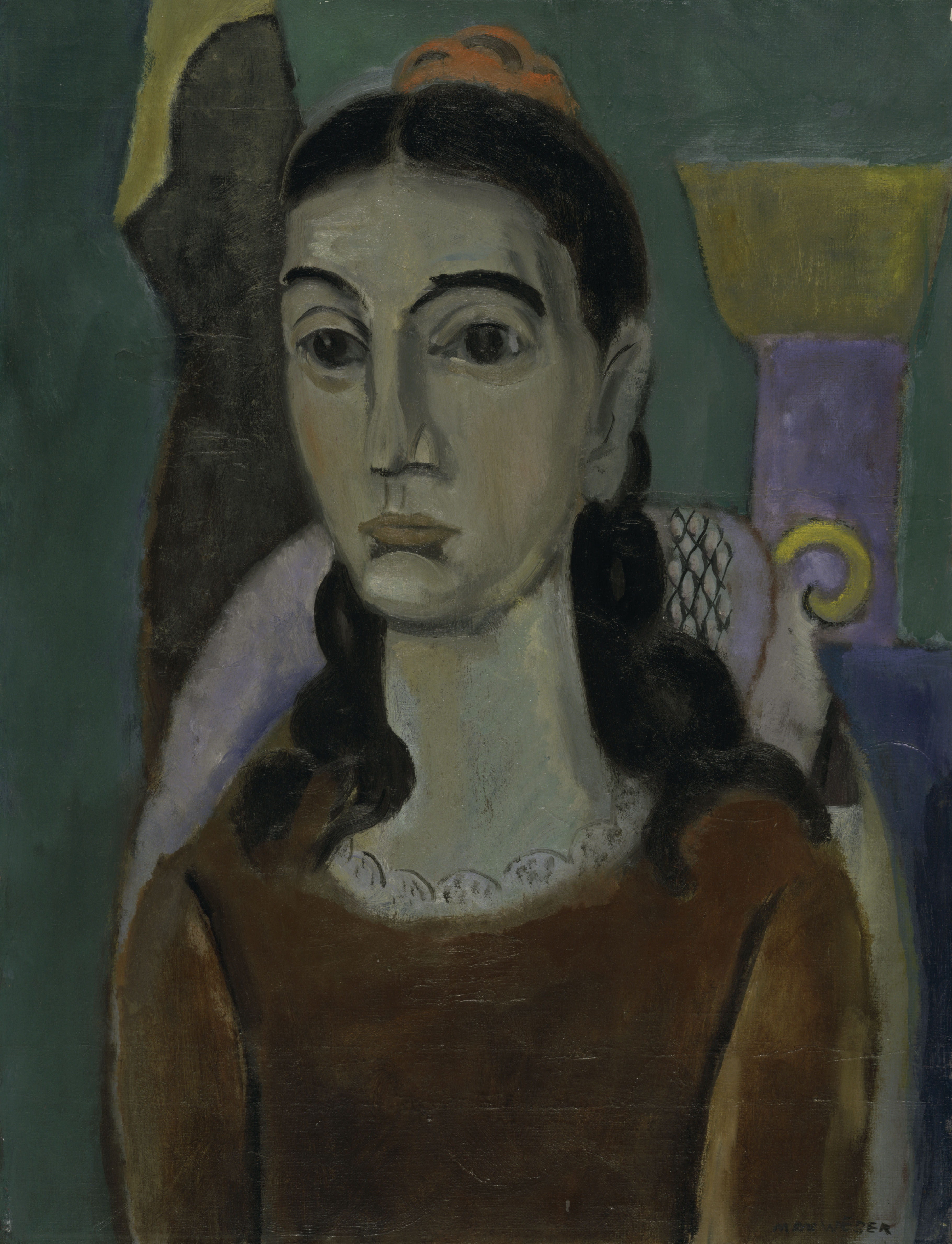
What kind of space does this person occupy?
Weber painted a series of unidentified sitters set against simple backgrounds. The subject in this painting resembles the artist’s wife, Frances. She may have served as the inspiration for some of Weber’s unidentified portraits. While portraits make up a smaller portion of Weber’s body of work, these works illustrate his enduring interest in the work of artists he admired, such as Henri Matisse, Henri Rousseau, and Paul Cézanne, as well as his ongoing interest in folk art.

What kind of space does this person occupy?
Weber painted a series of unidentified sitters set against simple backgrounds. The subject in this painting resembles the artist’s wife, Frances. She may have served as the inspiration for some of Weber’s unidentified portraits. While portraits make up a smaller portion of Weber’s body of work, these works illustrate his enduring interest in the work of artists he admired, such as Henri Matisse, Henri Rousseau, and Paul Cézanne, as well as his ongoing interest in folk art.
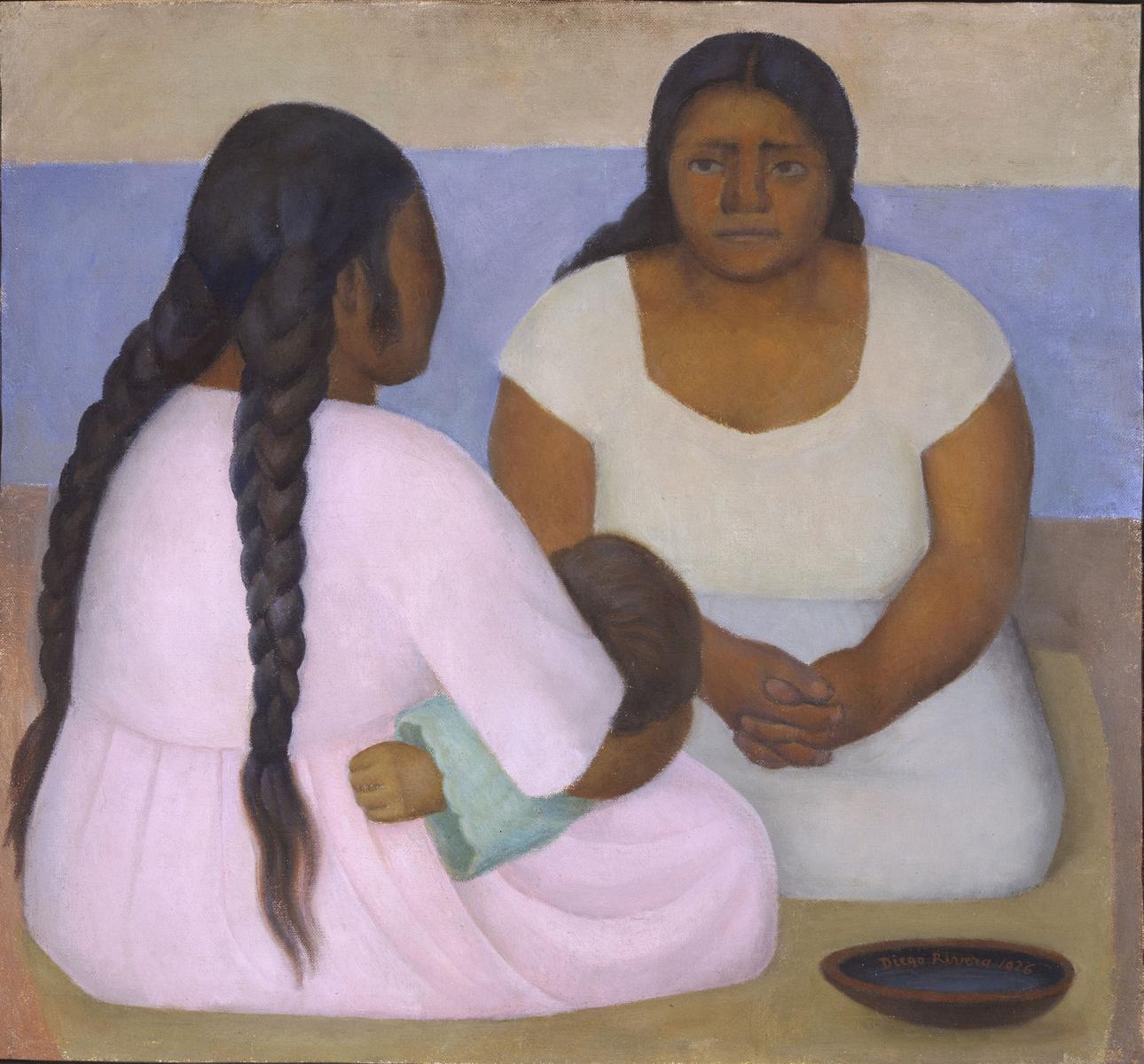
Does America have a national identity?
Rivera promoted a living link between ancient and modern Mexican art. This painting recalls Olmec stone figures or Jalisco ceramics, which could have served as models for these women. With their simplicity and grandeur, the two women also resemble the nearly contemporary classical figures of Pablo Picasso. This image may have been derived from studies Rivera made at open-air markets, and the subject of mothers and children interested him throughout his career.